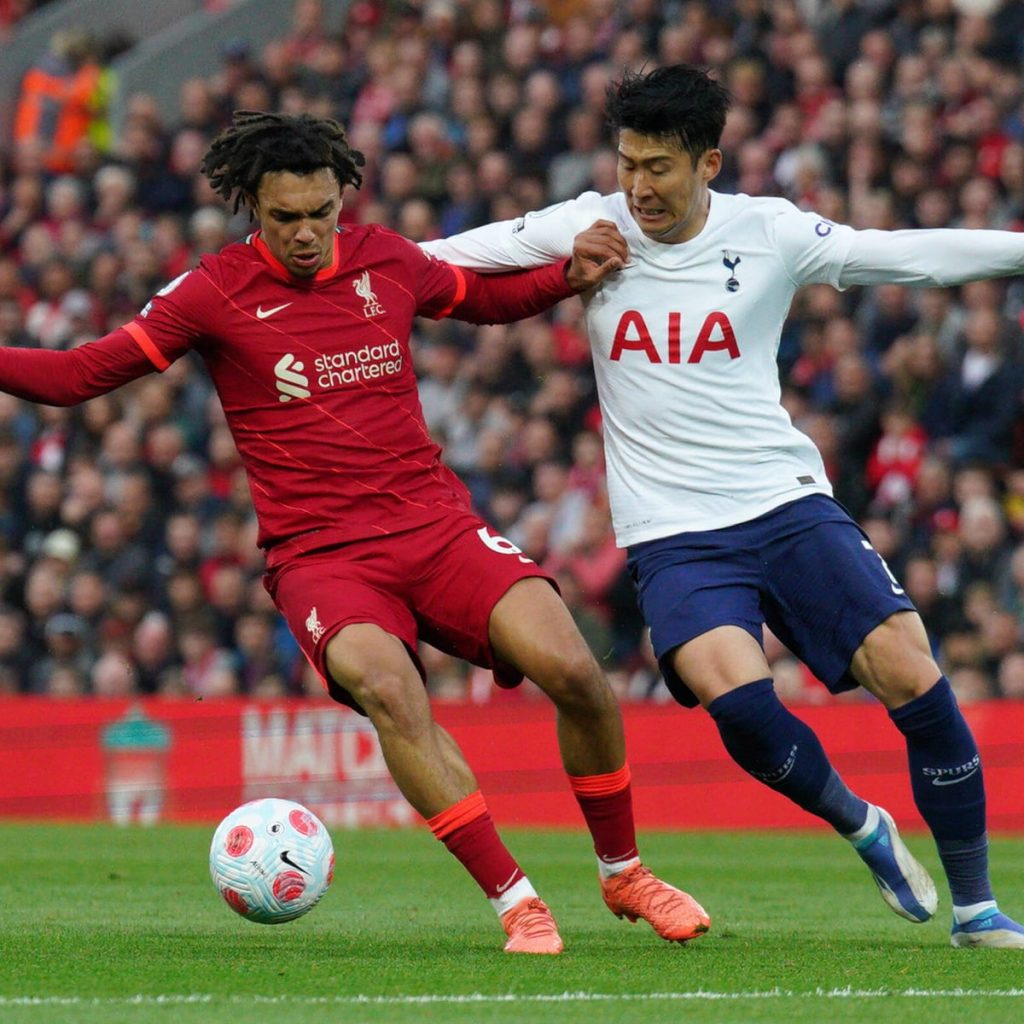Serie A’s aging stadia are crowded with seats empty for far too many of their games. This directly impacts on the valuation of television rights. This can in turn affect Serie A’s appeal to the world market.
How long will it take to stop this trend? We’ll look at some of the reasons behind this and some possible options.
League Table
The Serie A standings reflect the twenty teams currently competing in the top divisions of Italian football. The league was established in 1929, and it is the oldest of Italy’s national football leagues. The team that is placed at the top of the Serie A table is crowned champions of Italy and is awarded the highly coveted Scudetto. The league was briefly transformed into a regional structure following World War II before returning to its current format.
All four top teams in Serie A qualify directly for the Champions League group stage. The team that is fifth and winner of Coppa Italia (if there isn’t already a Serie A participant) also qualify for this stage.
It is well-known for its tactical game style and the importance it puts on defence However, some critics have accused it of being overly physical and not producing top athletes worldwide. In spite of this, it has been home to some of the world’s most renowned names in football which include Diego Maradona, Michel Platini as well as Marco Van Basten.
Impact of Standings on Fan Attendance
The 2022-2023 year of Serie A (officially Serie A TIM due to sponsorship) that was held in Italy was the highest-level league competition for Italian football clubs. The league’s winner receives the coveted scudetto and is eligible for an entry into the UEFA Champions League. Teams that finish in the bottom three get automatically sent back to Serie B.
Other than relegation or scudetto There are a myriad of factors which affect the fan’s attendance within the league. A few of them are more impactful than others.
A notable example is the influence of the home win probabilities on the attendance of fans. The coefficient is particularly significant for the East/West, Ultras as well as the Away sector and suggests that fans in the area prefer games with better odds to win at home.

Serie A Title Races
The last season Serie A produced one of the tightest, most dramatic titles races ever played on the field in European soccer. Although champions were awarded earlier in the Bundesliga, La Liga and Ligue 1, Milan, Inter and Napoli were among the legitimate contenders for the Scudetto throughout the campaign.
Inter have a lead of two points ahead of the defending champions Juventus with a frenzied beginning to the season which includes a 5-1 win over City rivals Milan at the weekend. This has led to some reports in Italy’s leading newspapers ket qua bong da y suggesting that the league is headed for a tight contest between Inzaghi’s team with Massimiliano Allergri’s Juve.
The top four teams in Serie A qualify directly for the Champions League, while the team in fifth place and the winner of the Coppa Italia or a sixth-placed team (depending on UEFA’s ranking methodology) can be eligible for the Europa League group stage. Teams who finish below the zone of relegation are sent into Serie B. In the years prior to 2022-23 playoff games were played when teams were tied on points in positions that would decide the title or relegation.
Challenges in Serie A Fan Attendance
While a Super League has been mooted as a solution to the problems of Serie A but it could cause more harm than good. It could devastate other clubs, devaluing their worth and eventually making them suffer even greater losses.
The issue isn’t limited in Serie A, however. The problem is endemic across Europe and is attributed to many different difficulties. The the former Italy coach Arrigo Sacchi noted in a piece in today’s Gazzetta Dello Sport, the predicament is far too complex to be pinned on one specific factor. Sacchi lists stadiums that are “tired, obsolete, inhospitable and structured like the Colosseum” as well as the growing presence of racist and violent ultras who cause a lot of misery for fans of moderate incline and “never have a place in civilized Europe”.
The result is that viewers are turning their backs from Italian soccer. This is an outrage and a huge blow to the league’s image.